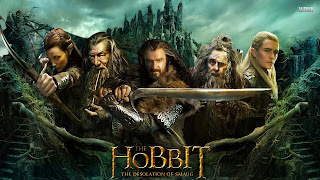There were 25 titles in the opening of this film. Each one had thin, wide spread lettering, titled at different angles and spinning lightly. The opening sequence was three minutes long.
What images are prioritized in the opening sequence?
There are many things that get a few seconds in the opening, and, to be honest, I think that the main priority was the credits. Otherwise, it would be these little bits of important story items that we get a glimpse of. Some examples include hands, statues covered in cobwebs and cookies(to show the shapes that were made into with cookie cutters, key word made).
What connotations do the images carry?
With the opening shots focused more on the credits, the main shots are meant to complement them. Each shot is filled with referenced from later on in the movie, and so to a first time watcher, it is less important and provides a background for the titles.
How is genre reinforced through symbolic and technical codes from the outset?
Each image is desaturated and, old looking and mysterious. It starts as if entering an abandoned place with old, almost human looking machines at work. Then there are random flashes of cookies, the contrast putting emphasis on the shape, like how the cookies were created to be like that. Then there are these two, flesh bearing hands, which is most likely a reference to the non-flesh bearing hands that the main character has. Then there is an old mans face, asleep or dead, lying down. The three minutes end with snow falling and an epic castle in the background. All of these shots add to the creepy mood of the movie, and the things pictured in each shot establishes it as fantasy.
How does the film establish an enigma from the outset.
The shots in the film hint at something bigger, but never shows the audience the whole picture. This leads the audience into wanting to know the rest of the story, to understand the meaning of the shots from the opening.
What strategies are used to ensure the film appeals to its target audience?
This movie is most likely aimed at an adult audience. It reaches this particular audience by being simpler, and more barren with its opening credits and shots. Focusing on the titles can further interest older audiences because they would know the actors and producers, so they would most likely become more interested since the director is well known.
How has technology been used effectively? You want to consider camera angles, transitions and editing techniques.
For it’s time, the movie uses fading transitions and close ups to keep the opening’s flow. The music is erie and also connects each shot.

















